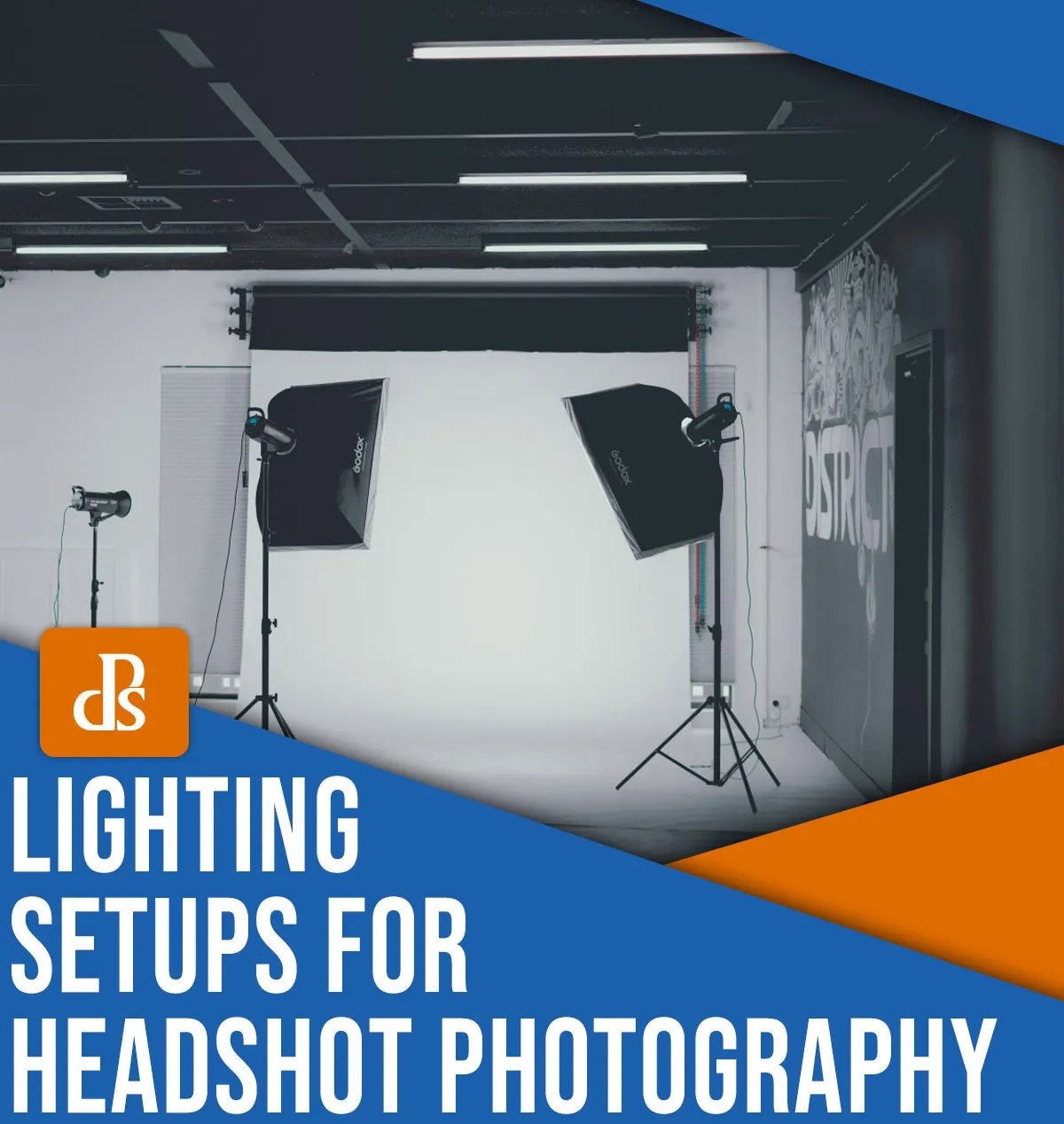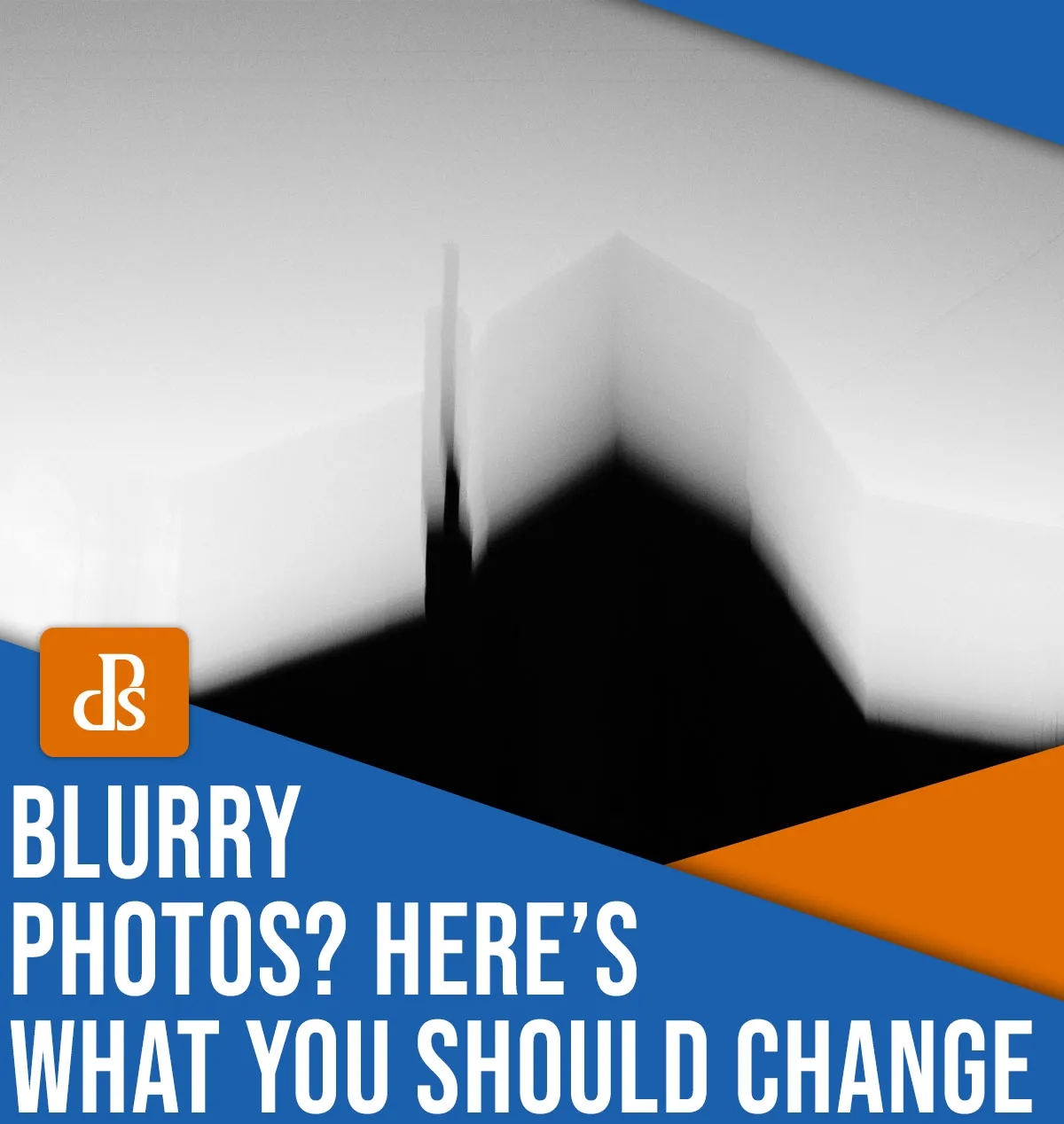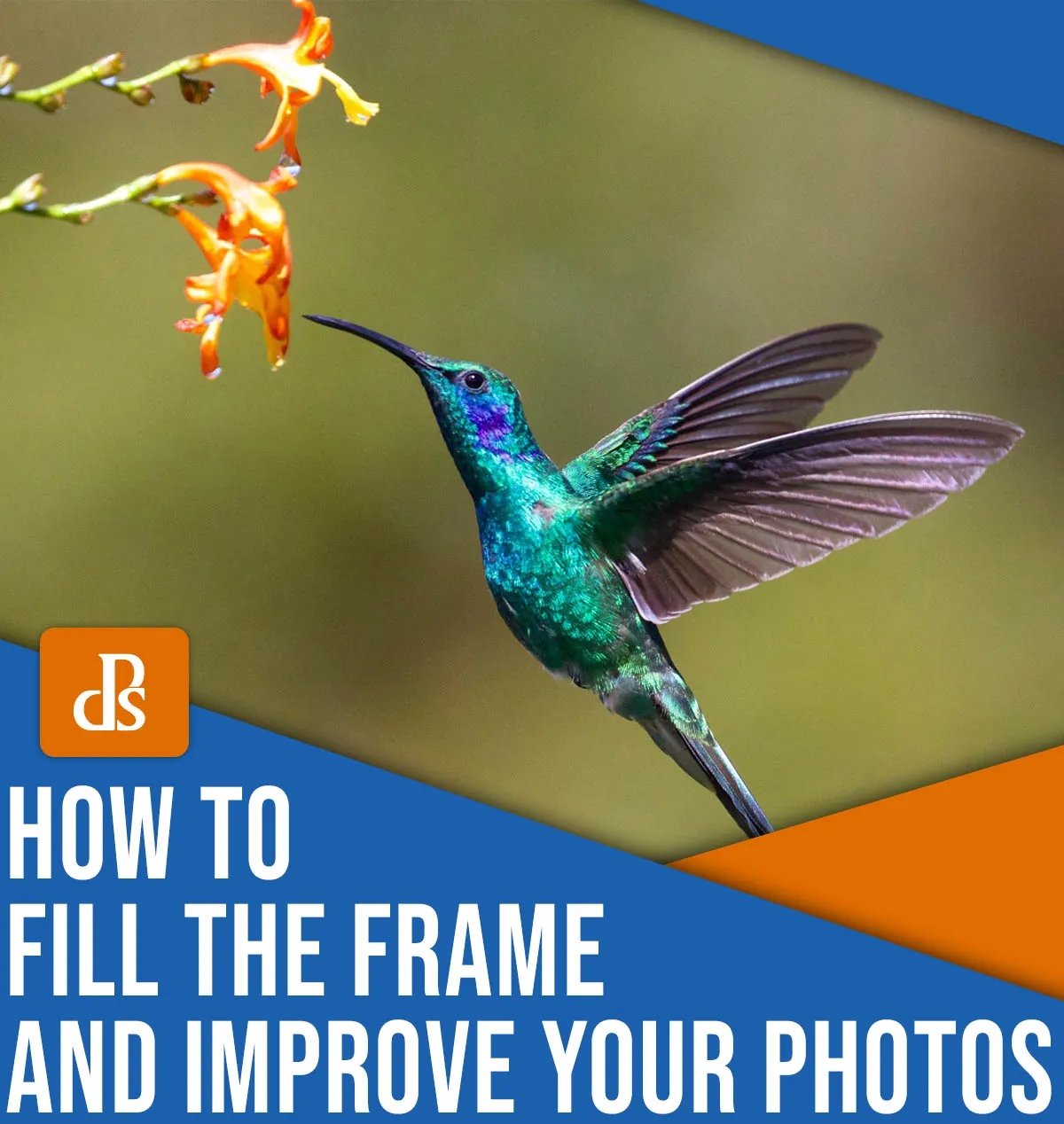You must be able to reproduce several basic light setups in order to start a business doing headshot photography or to improve your portfolio and make it more appealing to potential clients.
It’s not necessary to be an expert in lighting or studio patterns. A few simple setups will go a long ways in making your headshots look professional and refined. They’ll also give you a variety of options for your clients to look their best.
I take a lot corporate and actor portraits in Washington, DC. I’d like to share with you some of my favorite lighting setups, which I use repeatedly for my work. Please feel free to use the lighting setups I suggest to enhance your photos.
1. The One-Light Wonder
I use a single source of light for my standard headshot setup: a large diffused strobe placed to the left or the right of the subject. I add a reflective below the subject’s face and another opposite the light source. This simple setup is used to take hundreds of headshots each year.
In my studio I use a Paul C. Buff Einstein with a large Octabox, but these dedicated strobes are expensive. You can easily create something similar using a speedlight, an umbrella and some $20 reflectors.
This setup can be seen in the picture below with my poor Karen as the subject. She was about to go downstairs to make tea when she got caught!
Adjusting the angle and adding reflectors
After I have my subject in position, I like to tweak the lighting. Then, I raise the light source slightly to make it just above the subject’s eyes. It is best for most people to have the light from above, as it casts subtle shadows beneath the chin. This helps to hide double chins and accentuates jaws.
I then adjust the reflector under the subject’s nose and raise it to mid-chest height. This reflector fills in shadows and gives a nice catchlight in the eyes. Some photographers use a second source of light instead of the mid chest reflector. I prefer the reflector because it is easier to set up and almost impossible to use wrongly.
Why is a reflective surface so foolproof? You can end up with Frankenstein lighting if you use another light below the subject instead of a reflective light. This is impossible with a reflective surface – the power of the reflection cannot be higher than the original light.



